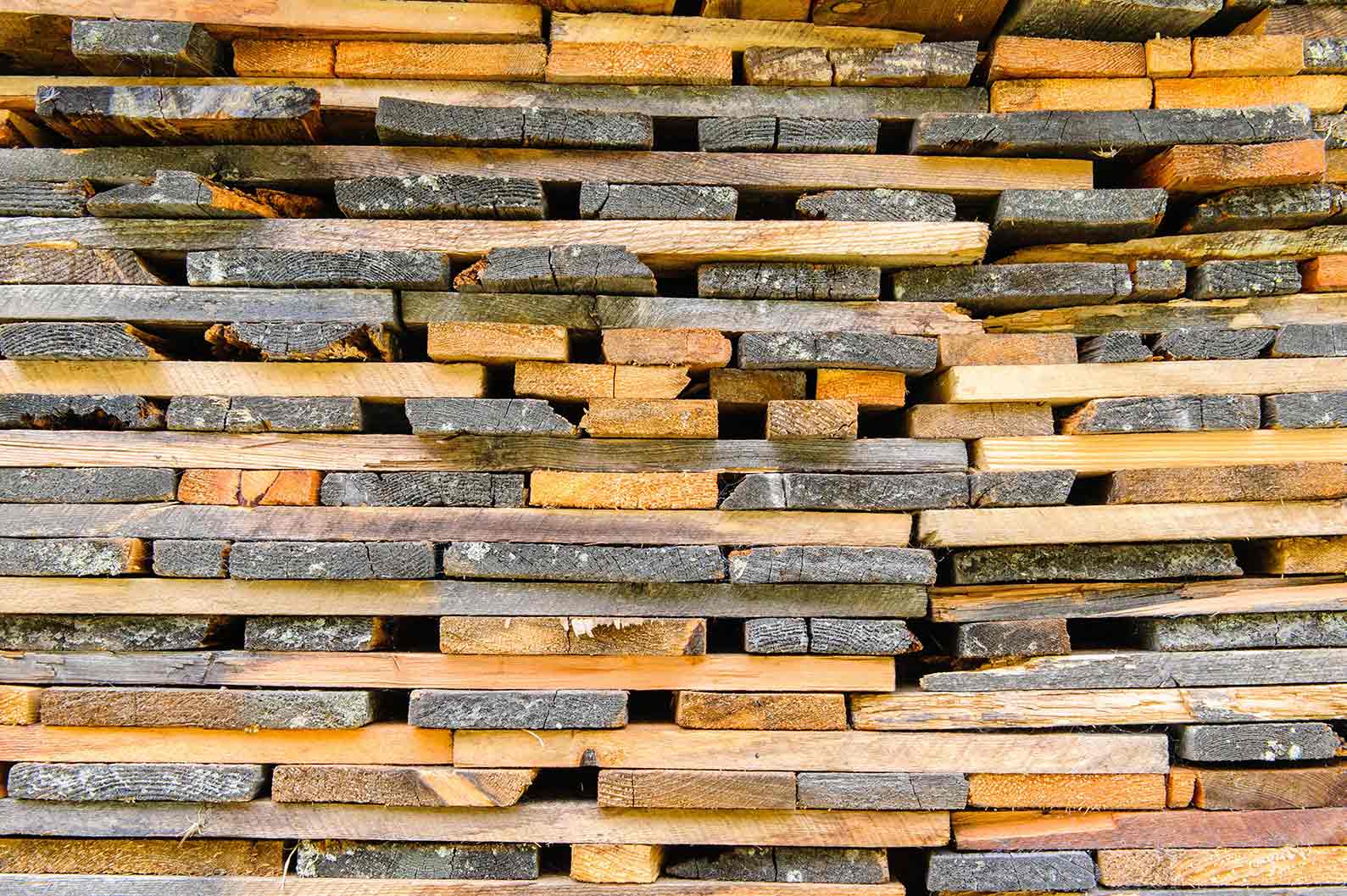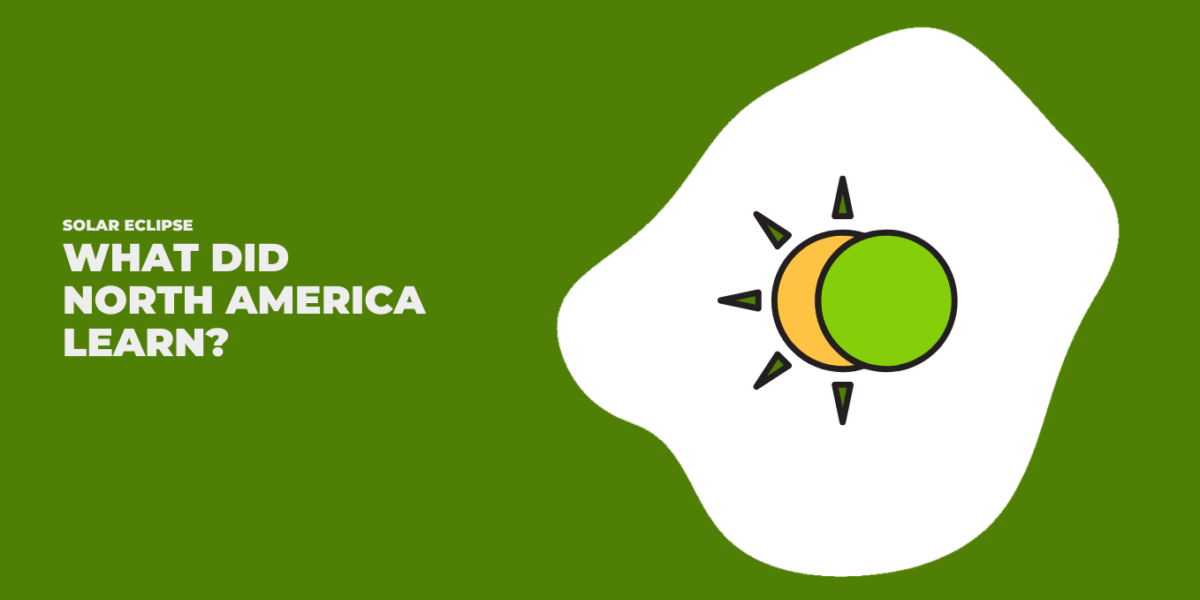For years, we’ve been hearing that the next big step in renewable energy will be efficient and affordable storage options. What we didn’t realize, however, was that the race to get ahead in storage had become a mass marathon. Today, nations and continents are aggressively allocating resources to make leaps in storage technology.
Out of all regions, Asia is seen as the leader for the future mandate of clean power. Its rich mix of developing nations is fast becoming the biggest consumer of electricity. The 2019 energy review by BP marks the region with 43% of global energy demand. Much of this spike can be attributed to the unprecedented economic growth developing nations are experiencing.
In stark contrast, the energy demand curve for most developed economies of America and Europe have a flat gradient. Hence, it is this need for (electric) power, along with strong technological bases in India and China, that has driven the region towards accelerated development of storage systems.
Chasing The Finish Line
Europe, however, refuses to be left behind in this un-proclaimed war. In Dec 2019, the European Commission signed off 3.2 billion pounds of funding for joint research and development in renewable energy storage by top EU countries. This project is expected to run through 2031 and open up 48 GW hours of storage capacity in France and Germany.
Margrethe Vestager, Executive Vice-President & Commissioner of Competitive Policy, backs this aggressive investment with Europe’s go green plans. She asserts that research will help the region future-proof its reliance on renewable energy. It aims to open up job opportunities, become highly competitive and promote cleaner means of transportation.
So yeah, Europe does have the muscle to back such once-in-an-asset’s lifetime research. But will it help win this marathon? How will its heavy supply chain reliance on Asian manufacturers play out? A number of these companies have been experimenting with renewable energy storage for the past 20 years. Does that give them an edge in research? And well, learning from doing?
Intriguing? Yes. Food for thought? Definitely.




